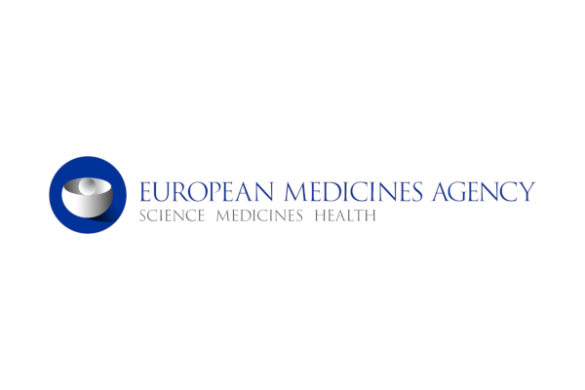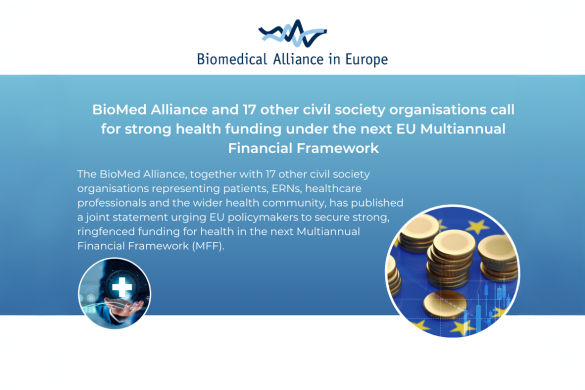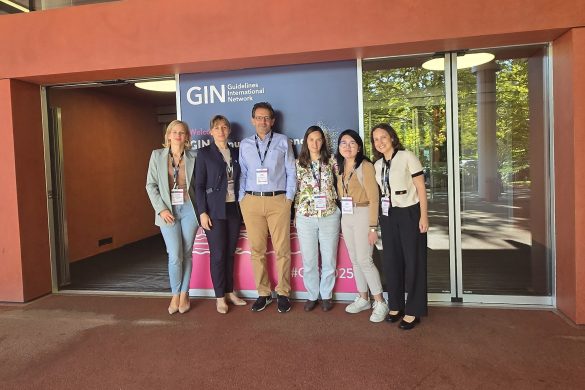In this paper, the authors report three patients infected with SARS-CoV-2 who developed generalised myoclonus. Two men and one woman (aged 63 to 88) presented with mild hypersomnia and generalised myoclonus following onset of the so-called “inflammatory” phase of COVID-19 infection. All of them had presented previously with anosmia. The myoclonus had a stereotyped pattern, with both positive and negative features, generalised, with predominant involvement of nasopharyngeal, facial, and upper limbs areas. These jerky movements occurred spontaneously and were extremely sensitive to multisensory stimuli (auditive and tactile) or voluntary movement, with an exaggerated startle response. All of them improved, at least partially, following immunotherapy. The authors concluded that the occurrence of myoclonus during the COVID- 19 pandemic could be considered a postinfectious/immune-mediated disorder. An alternative possibility is that SARS-CoV-2 may spread transneuronally to first- and second-order structures connected to the olfactory bulb.
https://n.neurology.org/content/early/2020/05/20/WNL.0000000000009829
by Marialuisa Zedde and Francesco Cavallieri









